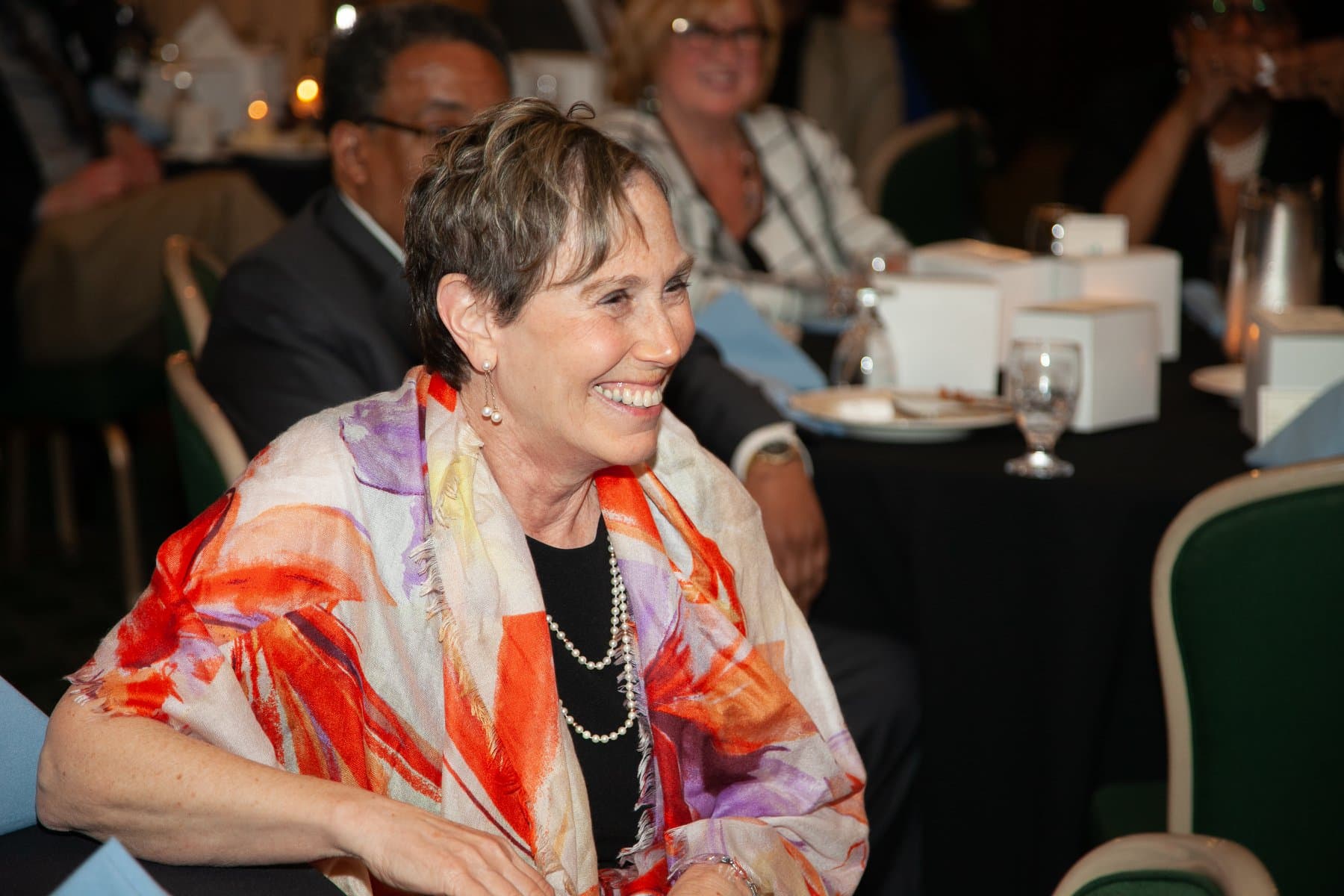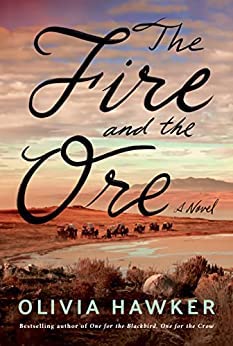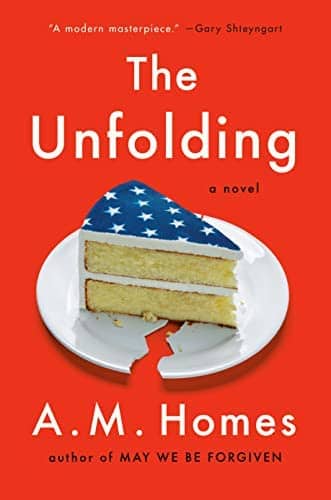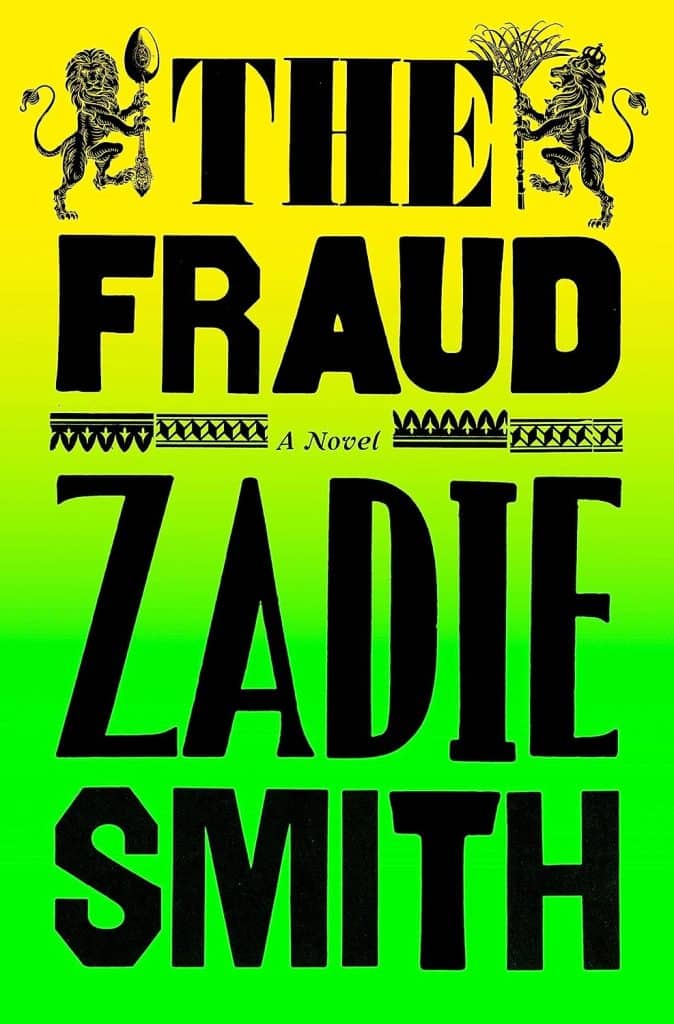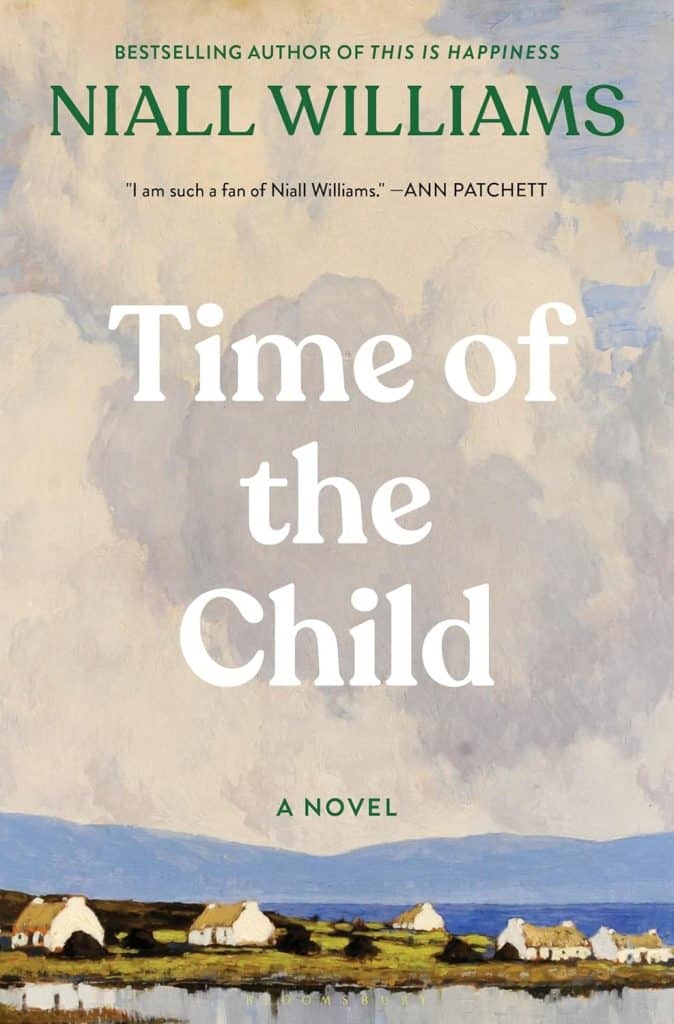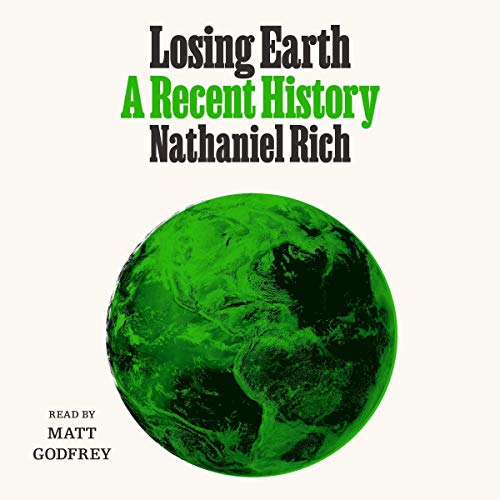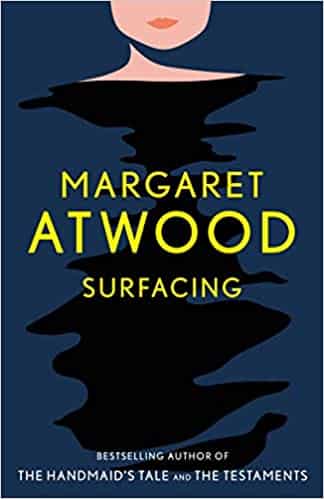
Cranford Radio Podcast on Jan’s Garden
Estimated reading time: 1 minute, 7 seconds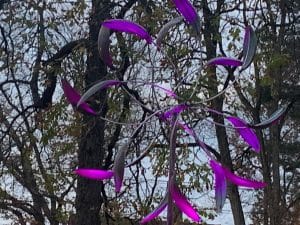 Cranford Radio host Bernie Wagenblast interviewed Ellen McHenry, President of the Hanson Park Conservancy, Rabbi Dr. Renee Edelman of Temple Sha’arey Shalom, and yours truly.
Cranford Radio host Bernie Wagenblast interviewed Ellen McHenry, President of the Hanson Park Conservancy, Rabbi Dr. Renee Edelman of Temple Sha’arey Shalom, and yours truly.
The twenty-three-minute interview focused on The Jan Lilien Memorial Triangle Garden at Hanson Park, including the Wind Sculpture.
As Mr. Wagenblast explained in his introduction,
Jan Lilien’s life touched many. When she died in 2021, her husband Richard Brown wanted to continue her legacy through the creation of the Jan Lilien Education Fund. The fund has worked with the Hanson Park Conservancy to provide educational programs on sustainability and environmental awareness.
Richard also wanted to memorialize Jan with something permanent in Hanson Park which might give comfort to others suffering from grief. That dream became a wind sculpturewhich was installed this month in the park.
TAPintoCranford has also published a story about this podcast.
The lighting has been installed, and Jan’s Wind Sculpture and garden are now lit from dusk to dawn.
The Jan Lilien Education Fund sponsors ongoing sustainability and environmental awareness programs. Gifts made this month; I will match dollar-for-dollar. All donations are tax-deductible.
I receive a commission when you buy a book or product using a link on this page. Thank you for supporting Sharing Jan’s Love blog.

